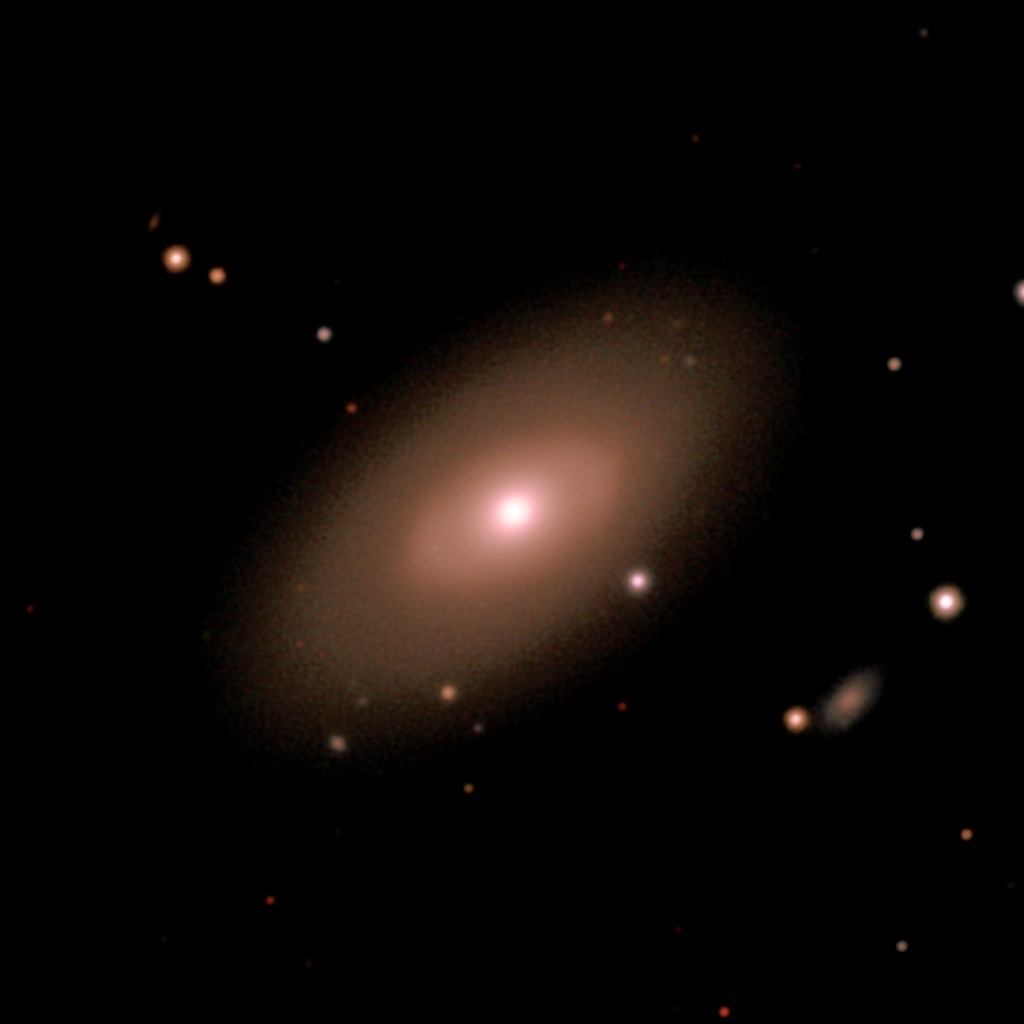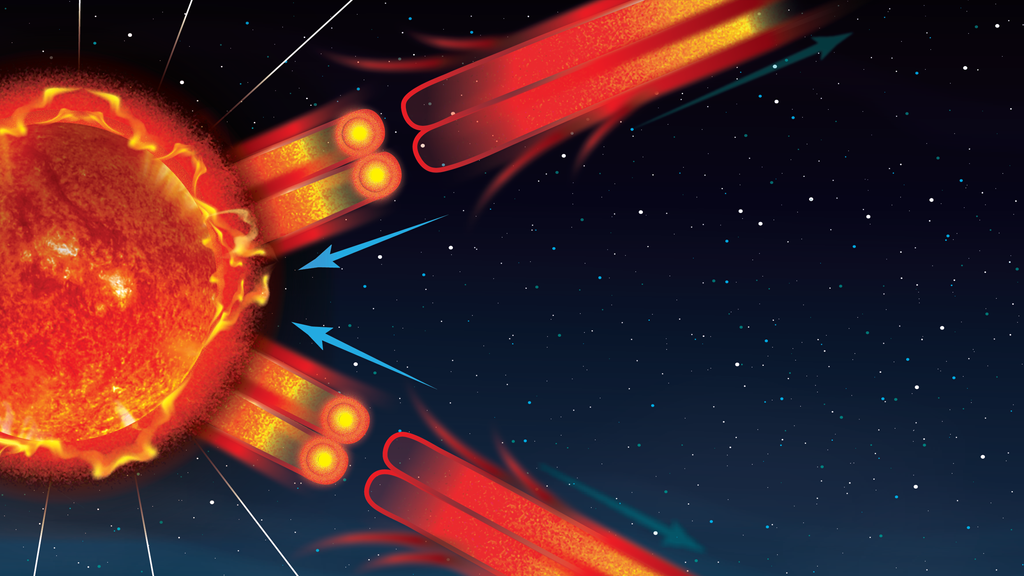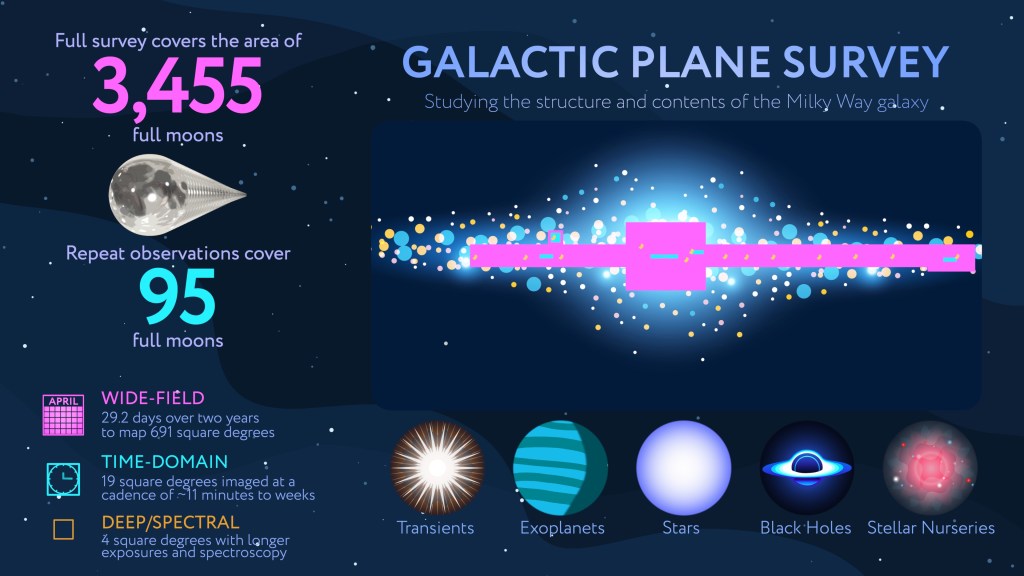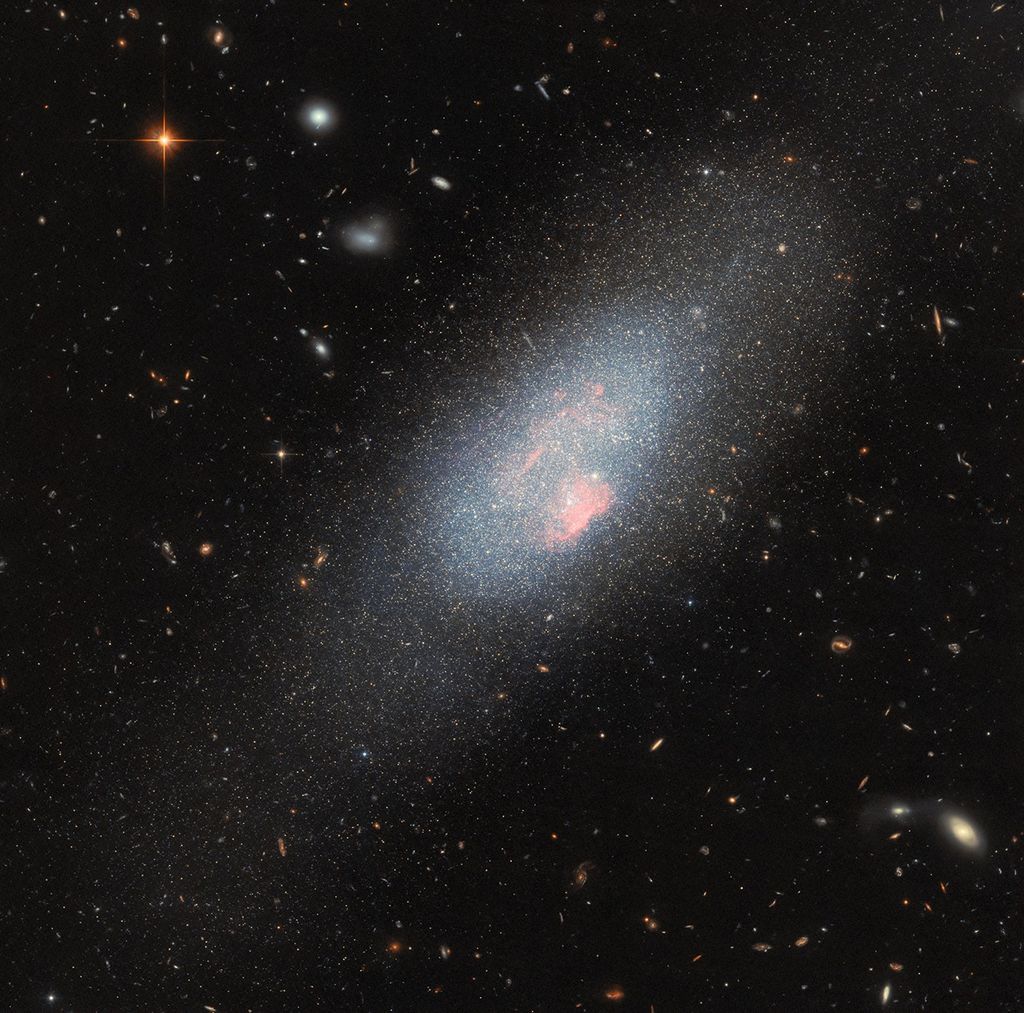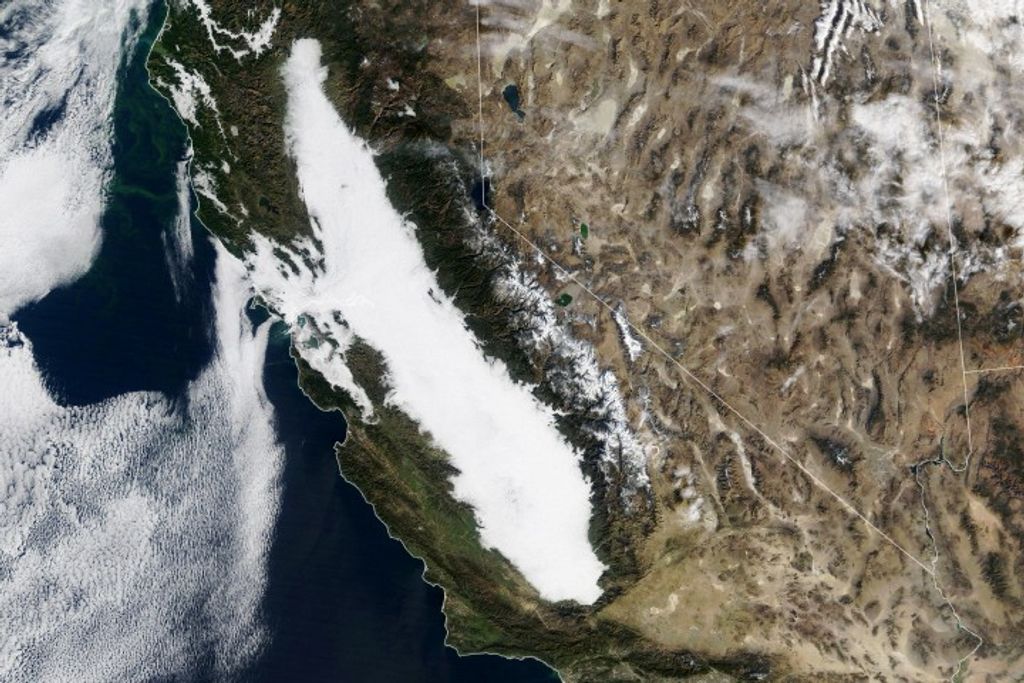1 min read
Coma Cluster Mosaic

About the Object
- R.A. PositionR.A. PositionRight ascension – analogous to longitude – is one component of an object's position.12:59:48.7
- Dec. PositionDec. PositionDeclination – analogous to latitude – is one component of an object's position.+27:58:50
- ConstellationConstellationOne of 88 recognized regions of the celestial sphere in which the object appears.Coma Berenices
- DistanceDistanceThe physical distance from Earth to the astronomical object. Distances within our solar system are usually measured in Astronomical Units (AU). Distances between stars are usually measured in light-years. Interstellar distances can also be measured in parsecs.321 million light-years
About the Data
- Data DescriptionData DescriptionProposal: A description of the observations, their scientific justification, and the links to the data available in the science archive.
Science Team: The astronomers who planned the observations and analyzed the data. "PI" refers to the Principal Investigator. - InstrumentInstrumentThe science instrument used to produce the data.ACS/WFC
- Exposure DatesExposure DatesThe date(s) that the telescope made its observations and the total exposure time.May-Jun 2005, Nov 2006 - Jan 2007, March 2010, Jan 2013, Dec 2015 - Jan 2017
- FiltersFiltersThe camera filters that were used in the science observations.F814W, F475W
- Object NameObject NameA name or catalog number that astronomers use to identify an astronomical object.Coma Cluster
- Object DescriptionObject DescriptionThe type of astronomical object.Cluster of Galaxies
- Release DateNovember 29, 2018
- Science ReleaseHubble Uncovers Thousands of Globular Star Clusters Scattered Among Galaxies
- Credit

These images are a composite of separate exposures acquired by the ACS/WFC instrument on the Hubble Space Telescope. Several filters were used to sample narrow wavelength ranges. The color results from assigning different hues (colors) to each monochromatic (grayscale) image associated with an individual filter. In this case, the assigned colors are: Cyan: F475W Orange: F814W
Related Images & Videos

Coma Cluster Full Mosaic
This is a Hubble Space Telescope mosaic of the immense Coma cluster of over 1,000 galaxies, located 300 million light-years from Earth. Hubble's incredible sharpness was used to do a comprehensive census of the cluster's most diminutive members: a whopping 22,426 globular star...

Compass Image for Coma Cluster
This is a Hubble Space Telescope mosaic of the immense Coma cluster of over 1,000 galaxies, located 300 million light-years from Earth. Hubble's incredible sharpness was used to do a comprehensive census of the cluster's most diminutive members: a whopping 22,426 globular star...
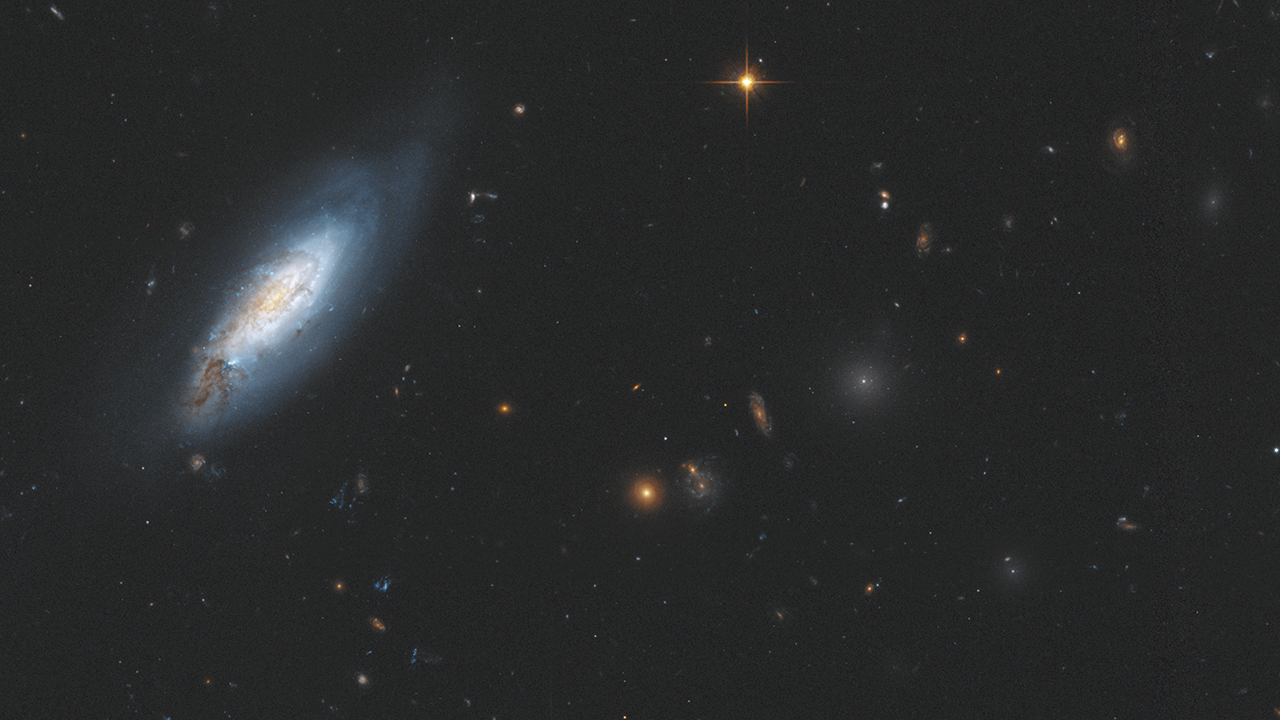
Zoom and Pan of the Coma Cluster
This video zooms into and then pans across a Hubble Space Telescope mosaic of the immense Coma cluster of over 1,000 galaxies, located 300 million light-years from Earth, revealing thousands of globular star clusters (circled in green). Hubble was used to do a comprehensive...
Share
Details
Claire Andreoli
NASA’s Goddard Space Flight Center
Greenbelt, Maryland
claire.andreoli@nasa.gov


